
9 Church Field Road, Sudbury, Suffolk, CO10 2YA
Since 2015, the requirements outlined in the National Planning Policy Framework (NPPF) effectively blocked the rollout of the UK onshore wind infrastructure. A change of policy following an announcement on the 8th of July has now lifted the de facto ban on future onshore wind projects. The lifting of this ban marks a pivotal shift in the UK’s planning for critical infrastructure, the new government has given strong signals of its focus on increasing the UK’s renewable energy output.
A Wind Resource Assessment (WRA) is an essential phase in the planning of wind energy projects. This fundamental activity measures the wind resource to evaluate initial feasibility and project financial projections, which are crucial for securing funding. Additionally, a comprehensive understanding of wind patterns by the project developer is key to optimising capital expenditures (CAPEX) and ensuring efficient wind farm design. A thorough WRA analysis provides critical data on wind speed, direction, and other variables necessary for equipment selection, energy production estimates, turbine placement within the wind farm, and ultimately, the validation of project bankability.
Modern wind turbines often feature hub heights exceeding 100 meters and blade lengths up to 100 meters. Traditionally, fixed meteorological (met) masts with anemometers were the standard for WRA. However, since met masts collect data from lower altitudes, they introduce a level of uncertainty. Moreover, met masts involve significant costs for permitting, installation, and maintenance, and their considerable height brings safety risks, including potential collapse, icing, and lightning strikes.
Advancements in wind lidar technology have made it a superior and more reliable alternative to, or complement for, fixed met masts. Wind lidar provides precise quantitative data for estimating the Annual Energy Production (AEP) of a wind farm. This accurate information is essential for developers to secure financing and proceed with project development. Lidar technology minimises wind measurement uncertainty and offers numerous additional benefits, making it an invaluable tool in modern wind resource assessment.
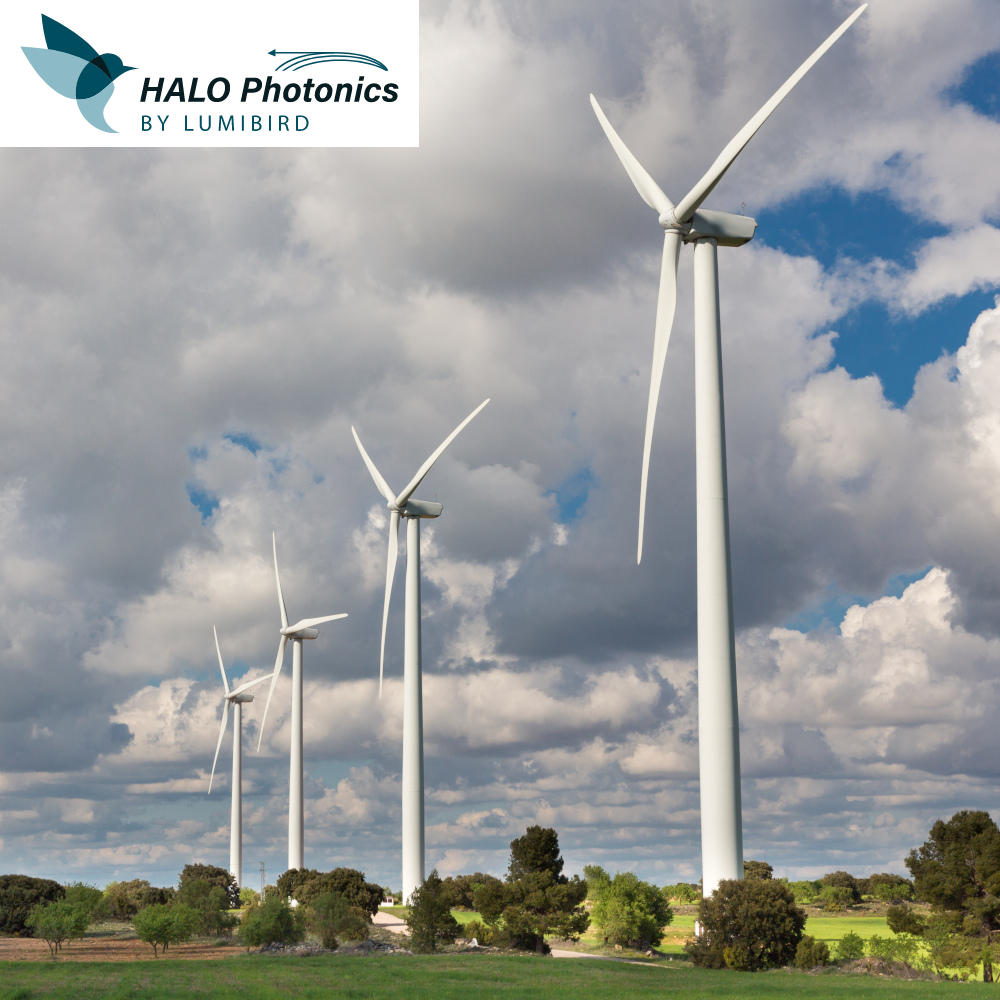
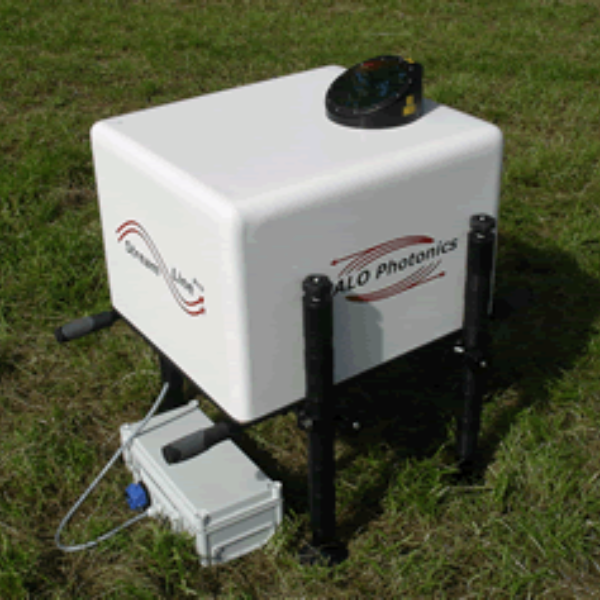
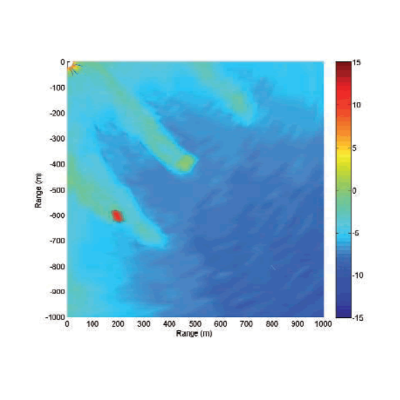
In the last decade, lidar has proven to be an accurate and trustworthy technology for wind energy developers, reducing uncertainty, improving project revenue and lowering costs — all while ensuring fast deployment, eliminating permitting, reducing safety incidents and providing reusability. These factors, documented in thousands of commercial deployments and use cases, have made it widely accepted by banks, financiers, investors, consultants and developers.
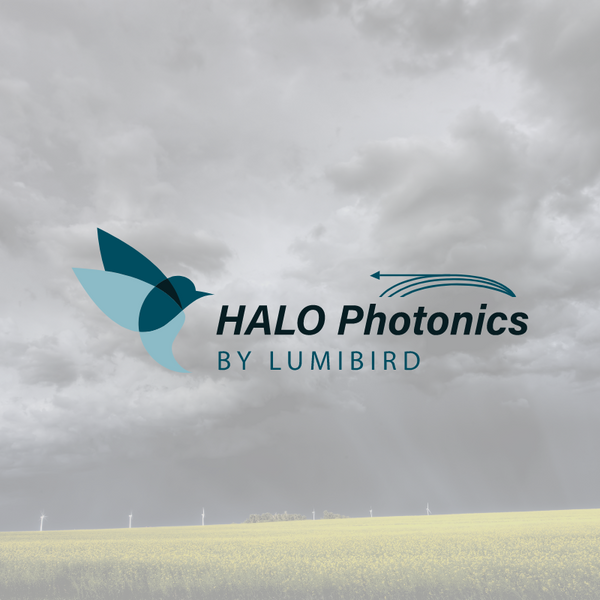)
HALO Photonics develops and manufactures coherent wind LiDAR systems that are extremely robust, reliable, energy efficient and low maintenance. They are built for continuous use in harsh and remote environments.
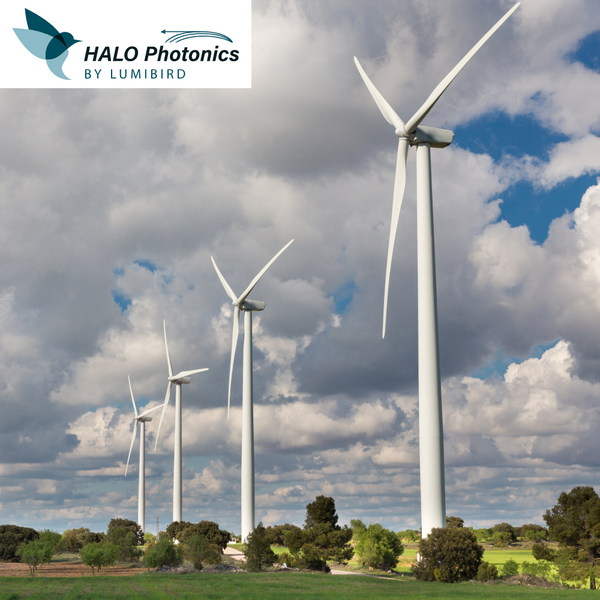)
The leading six-beam fixed-LiDAR offering on the market. With five inclined rays and one vertical ray, the Halo Photonics Streamline Beam 6x offers full-area data coverage up to 500m surrounding turbines. It features an outstanding data availability with a high resolution of 190 gates.
The Beam 6x is transportable and quick to deploy making it the most versatile mast replacement wind profiler on the market.